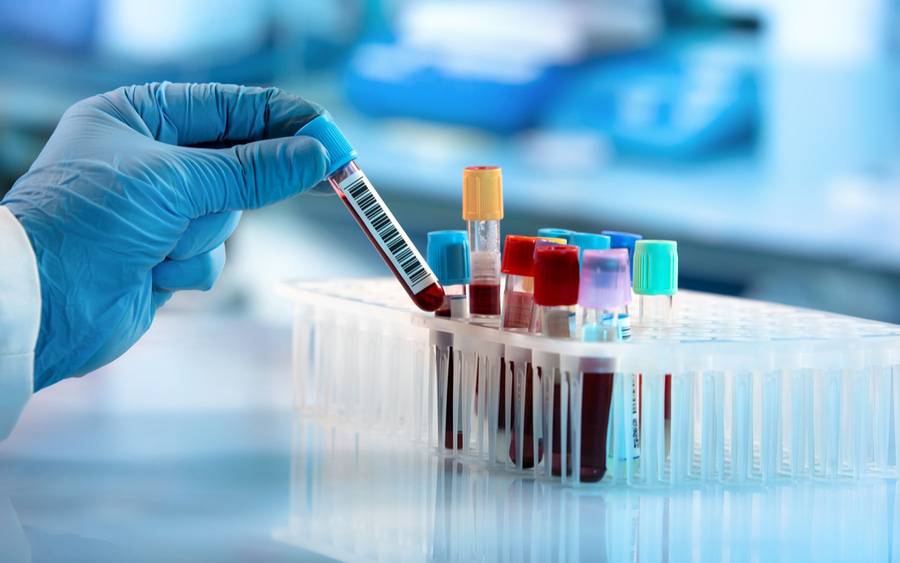
World Sickle Cell Day: What is sickle cell disease?
World Sickle Cell Day is observed on the 19th of June every year. In sickle cell anemia, the abnormal hemoglobin causes red blood cells to become rigid, sticky and misshapen. It is a genetic inherited disease. World Sickle Cell Day helps to bring the affected people together and helps them know each other, help educate people about the disease. The presence of sickle cell was first described in India in the tribal populations of the Nilgiri hills in south India. Over the last 60 years, several studies have shown that sickle cell disease is a major health burden in India.
Sickle cell anemia affects millions of people around the globe. But, sickle cell trait is more common in :
- Africa
- India
- the Mediterranean
- Saudi Arabia
Hemoglobin is the protein in red blood cells that carries oxygen. It normally has two alpha chains and two beta chains. The four main types of sickle cell anemia are caused by different mutations in these genes.
- Hemoglobin SS disease
- Hemoglobin SC disease
- Hemoglobin SB+ (beta) thalassemia
- Hemoglobin SB 0 (Beta-zero) thalassemia
- Hemoglobin SD, hemoglobin SE, and hemoglobin SO
- Sickle cell trait
Symptoms
Symptoms of sickle cell anemia usually show up at a young age. The red blood cells have an abnormal crescent shape, taking the shape of a sickle, hence, its name. The sickle shape results in the red blood cells become rigid and sticky, getting stuck in the smaller blood vessels as they circulate in the body. This disrupts the circulation of oxygen to parts of the body. They may appear in babies as early as 4 months old but generally occur around the 6-month mark. Some of the symptoms include:
- Anemia (a shortage of red blood cells ), causing fatigue or irritability
- Episodes of pain.
- Problems with the vision.
- Swelling of hands and feet.
- Frequent infections.
- Delayed growth or puberty.
- Fussiness, in babies.
Diagnosis
A blood test can check for the defective form of hemoglobin that underlies sickle cell anemia. In the United States, this blood test is part of routine newborn screening. But older children and adults can be tested, too. In adults, a blood sample is drawn from a vein in the arm.
How is it treated?
Management of sickle cell anemia is usually aimed at avoiding pain episodes, relieving symptoms, and preventing complications. Treatments might include maintaining a healthy lifestyle, medications, and blood transfusions. For some children and teenagers, a stem cell transplant might cure the disease.
Myth: Sickle cell disease is a “poor people” disease. Fact: Sickle cell disease does not look at your socioeconomic status. It is genetic. If two parents have the sickle cell gene, regardless of their social background, they can pass one gene to their child.












